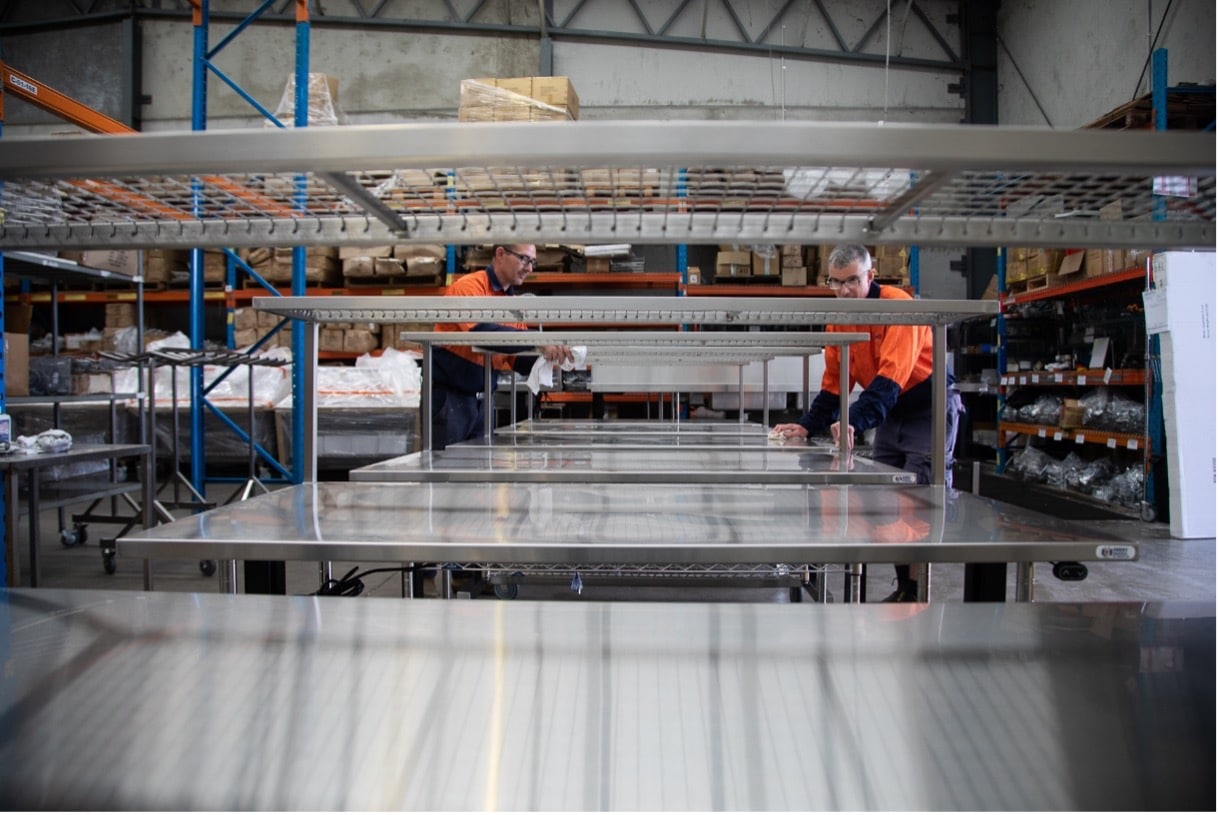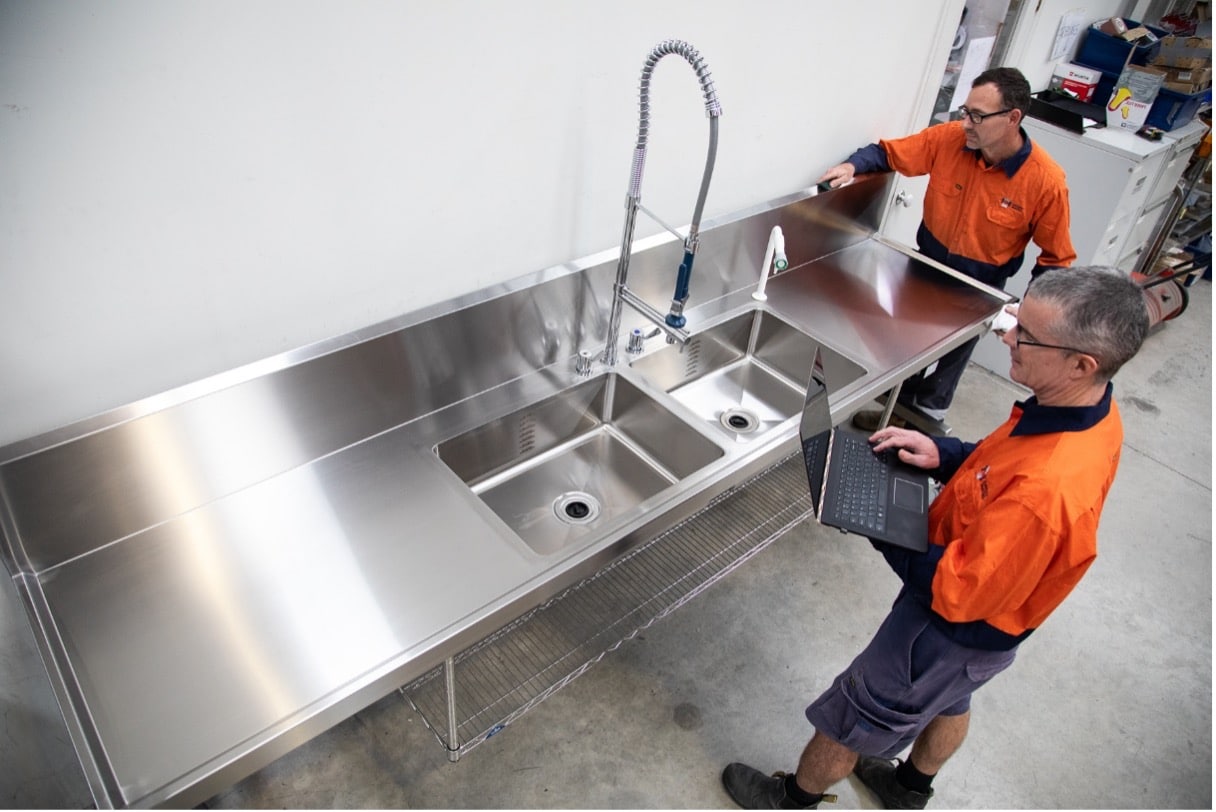In the ever-evolving world of healthcare, infection control remains a top priority for medical professionals. With an increasing number of antibiotic-resistant infections and hospital-acquired illnesses, ensuring a sterile environment is critical for the safety of patients and staff alike. One crucial aspect of infection control is the quality and design of medical equipment, particularly stainless steel medical equipment. In this blog post, we will explore the role of high-quality stainless steel medical equipment in preventing the spread of infections in healthcare settings.

Stainless steel has a non-porous surface that prevents the growth of bacteria and other microorganisms. This characteristic makes it harder for pathogens to survive on stainless steel surfaces, reducing the risk of cross-contamination between patients and staff.
Stainless steel is easily cleaned and sterilized using various methods, such as autoclaving, using tea stain remover or chemical sterilization. This ensures that medical equipment remains free from contaminants and reduces the likelihood of infections spreading within a healthcare facility.
Stainless steel medical equipment is designed to withstand the rigors of daily use in healthcare settings. Its resistance to corrosion and ability to maintain its integrity under harsh conditions, such as repeated sterilization, makes it a reliable choice for maintaining a sterile environment.

High-quality stainless steel medical equipment plays a critical role in infection control, providing numerous benefits that contribute to a safer and more sterile environment in healthcare settings. By choosing medical equipment made from high-quality stainless steel, healthcare professionals can ensure they are doing their part to reduce the spread of infections and promote the well-being of both patients and staff.
At Emery Industries, we are dedicated to providing our customers with top-of-the-line stainless steel medical equipment that meets and exceeds industry standards. By treating everyone with the utmost care, from our customers to suppliers, we ensure that the needs of healthcare professionals are always our top priority. Don’t forget to check out our shop page for a wide range of high-quality medical equipment designed to meet your specific needs.
References
Charnley, J. (1964). The closed treatment of common fractures. Cambridge: Cambridge University Press.
Keenan, C. R., & Newton, A. L. (1998). A review of stainless steel for use in medical devices. Medical Device & Diagnostic Industry, 20(11), 62-69.
Salgado, C. D., Sepkowitz, K. A., John, J. F., Cantey, J. R., Attaway, H. H., Freeman, K. D., … & Plaskett, T. (2013). Copper surfaces reduce the rate of healthcare-acquired infections in the intensive care unit. Infection Control & Hospital Epidemiology, 34(5), 479-486.
Weber, D. J., & Rutala, W. A. (2006). Role of environmental contamination in the transmission of vancomycin-resistant enterococci. Infection Control & Hospital Epidemiology, 27(5)